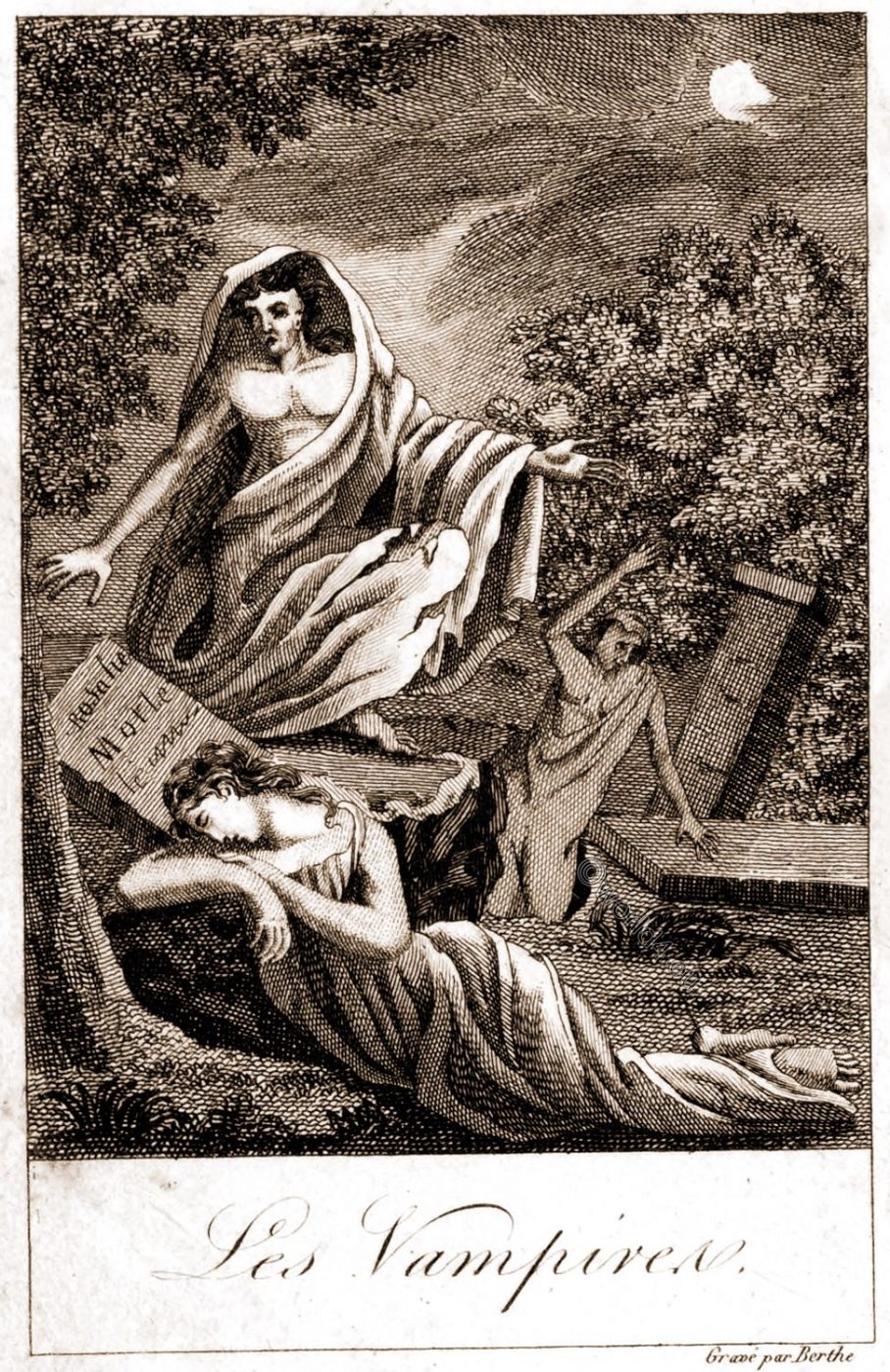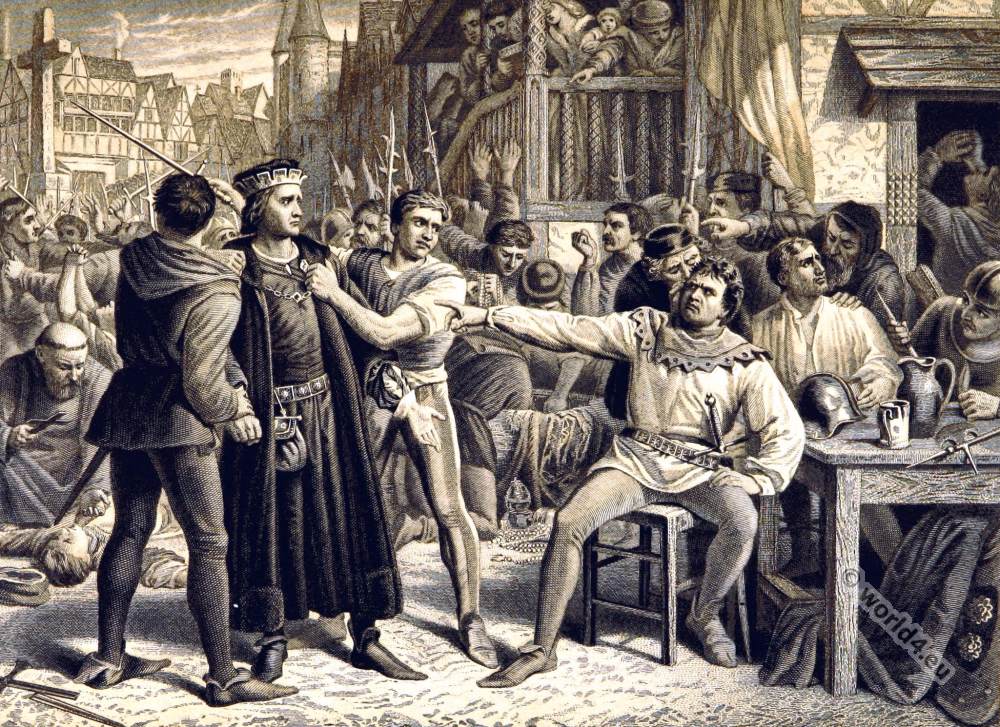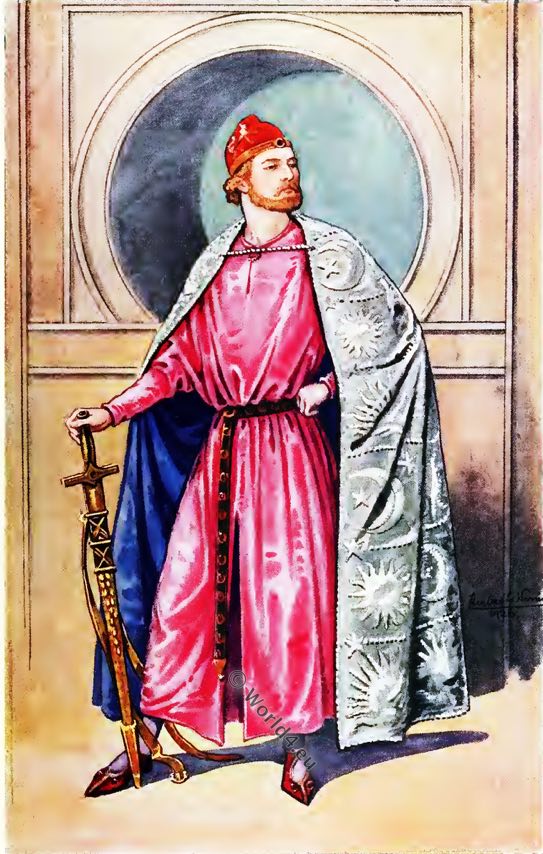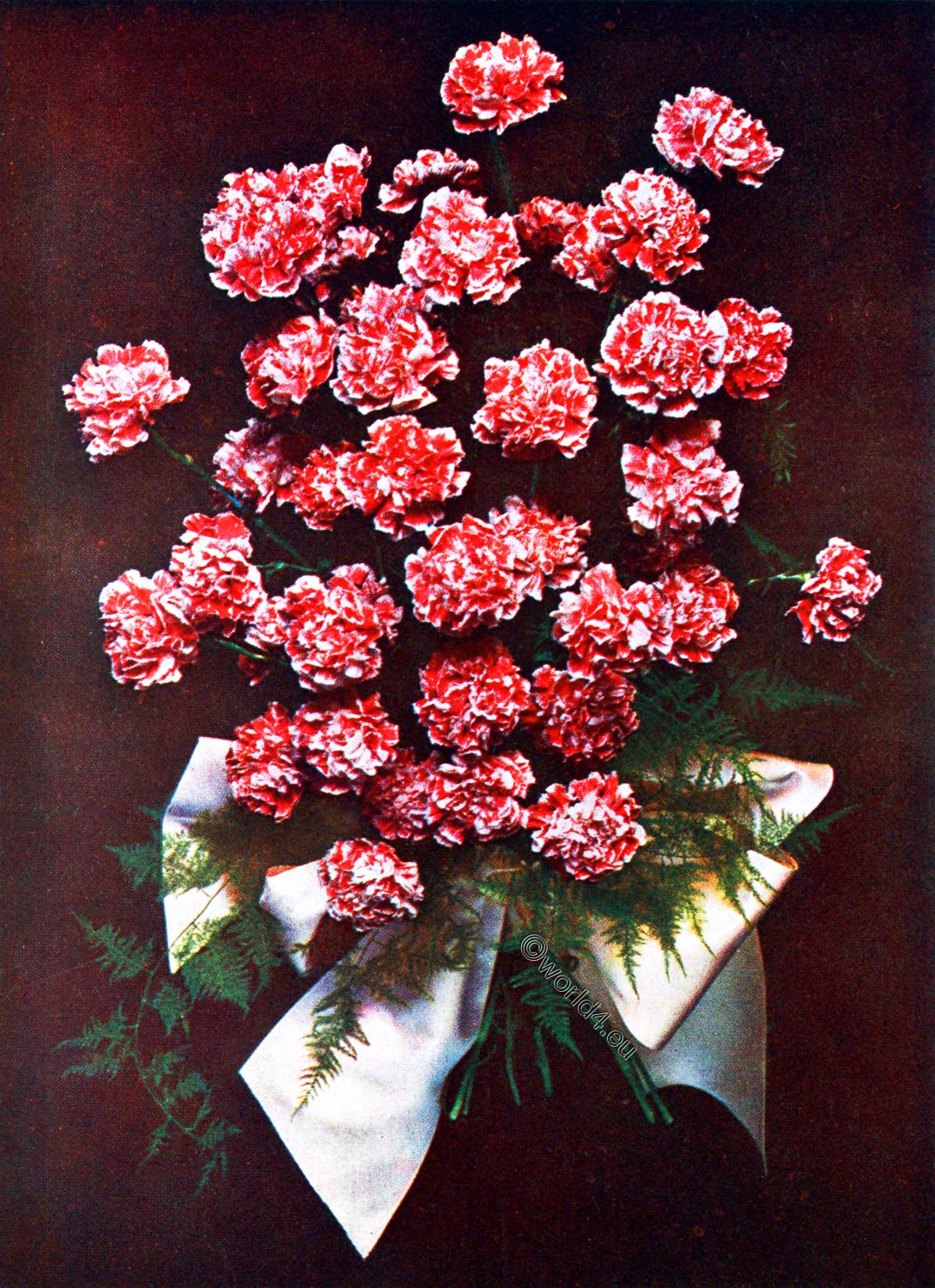
CAPTER X. LIVING VAMPIRES.
THERE is, however, the living vampire, distinct and separate from the dead species. In Epirus and Thessaly there is a belief in living vampires, who leave their shepherd dwellings by night and roam about, biting and tearing men and animals and sucking their blood. In Moldavia and in Wallachia, the murony are real, living men who become dogs at night, with the backbone prolonged to form a sort of tail. They roam through the villages, and their main delight is to kill cattle.
In some countries the belief prevails that the soul of a living man, often of a sorcerer, leaves its proper body asleep and goes forth, perhaps in visible form of a straw or fluff of down, slips through the keyholes, and attacks its sleeping victim. If the sleeper should wake in time to clutch this tiny soul-embodiment, he may through it have his revenge by maltreating or destroying its bodily owner.
The following account was contributed by me to the Occult Review for July 1910. The particulars are given exactly as I wrote them down in shorthand from the narrator’s dictation. My informant is a well-known medical practitioner in the West End of London, who has held various official appointments in the tropics, and I received his assurance that the incidents recorded happened exactly as they are described. Whether the Indian referred to is still alive or not is unknown, but certainly the two other principals, at the time of writing, are.
Some years ago a small number of English officials were stationed in a small place in the tropics. Their residences were about a quarter of a mile from each other, three of the bungalows standing in their own compounds and on separate elevations. Suddenly one of the officials fell ill, but the district medical officer was quite unable to trace the cause of the illness. The official in question made several applications to the Colonial Office for transfer to another station, saying he felt he should die if he remained there. At first the application was refused, but the man got worse and fell into a very depressed mental condition. He eventually wrote again, saying that if his application for transfer could not be granted he would be compelled to throw up his appointment-a serious matter for him, as he had no private means. The application was then granted; he was transferred, and he recovered his health.
About eighteen months later another official had a slight attack of fever, from which he fully recovered; but after this attack he began to complain of lassitude until he went beyond a certain distance from his residence. The moment he returned to within this distance he said he felt as though a wet blanket had been thrown over him, and nothing could rouse him from the depression which seized him. He, too, fell into a low state of health, and on his request was transferred to another station.
Shortly after this transfer the wife of the district medical officer, living within the same area, began to fail in health and became terribly depressed, apparently from no cause whatever. Previously she had been a cheerful, happy woman, indulging in games and outdoor sports of all kinds, but now she became most depressed and miserable. At last, one night, about twelve o’clock, she woke up shrieking. Her husband rushed into her room, and she said she had woken up with a most awful feeling of depression, and had seen a creature traveling along the cornice of the room. She could only describe it as having a resemblance to something between a gigantic spider and a huge jelly-fish. Her husband ascribed it to an attack of nightmare, but he was disturbed in the same manner on the following night, when his wife said she had been awake for a quarter of an hour, but had not had the strength to call him before. He found her in a state of collapse, pulse exceedingly low, temperature three degrees below normal, pallid, and in a cold sweat. He mixed her a draught which had the effect of sending her to sleep.
In the morning she said she must leave the station and go home, as to stop there would mean her death. Thinking to divert her attention, her husband took her away on a pleasure trip, when he was glad to see that she entirely recovered her former cheerful expression and high spirits. This state of things lasted until, returning home in a rickshaw alongside her husband’s, her face changed and she resumed her gloomy countenance.
” There,” she said, “is it not awful? I have been so well and happy all the week, and now I feel as though a pall had been thrown over me.” Matters got worse, and she became more depressed than ever, and only a few nights passed before her husband was again called to her bedside about midnight. He found his wife in a state of considerable weakness, although it was not so acute as on the previous occasion. She said to him: “I want you to examine the back of my neck and shoulders very carefully and see if there is any mark on the skin of any kind whatever.” Her husband did so, but could not find a mark. “Get a glass and look again. See if you can find any puncture from a sharp-pointed tooth.”
He made a microscopical examination, but found absolutely nothing. “Now,” said his wife, “I can tell you what is the matter. I dreamed that I was in a house where I lived when I was a girl. My little boy called out to me. I ran down to him, but when I reached the bottom of the stairs a tall, black man came towards me. I waved him off, but I could not move to get away from him, though I pushed the boy out of his reach. The man came towards me, seized me in his arms, sat down at the bottom of the stairs, put me on his knee, and proceeded to suck from a point at the upper part of the spine, just below the neck. I felt that he was drawing all the blood and life out of me. Then he threw me from him, and apparently I lost consciousness as he did so. I felt as though I was dying. Then I woke up, and I had been lying here for a quarter of an hour or twenty minutes before I was able to call you.”
“Have you ever experienced anything of this character before? ” asked her husband. “No, I have not; but night after night for many months I have woken up in exactly the same state, and that has been the sole cause of my mental depression. I have not said anything about it because it seemed so foolish, but now I have had this definite dream I cannot hold my tongue any longer.”
She soon passed into a peaceful sleep, and on discussing the matter the following morning with her husband she said: “I have a feeling somehow that it will not happen again. I feel quite well and strong, and all my depression is gone.”
In the afternoon husband and wife were going together to the club, when around the corner of the jungle came a tall Indian, the owner of a large number of milch cattle, and reputed to be a ‘wealthy man. The surgeon’s wife suddenly stopped, turned pale, and said immediately: “That is the man I saw in my dream.”
The husband went directly up to the man and said to him: “Look here, I will give you twelve hours to get out of this place. I know everything that happened last night at midnight, and I “will kill you like a dog if I find you here in twelve hours’ time.”
The Indian disappeared the same night, taking with him only a few valuables and a little loose money. He left behind him the money that was deposited in the bank, as well as the whole of his property. His forty head of cattle, worth eighty dollars each, were impounded, and no news had been heard of him five years afterwards. Since his departure no one has complained of depression and lassitude in that area.
Source:
- VAMPIRES AND VAMPIRISM BY DUDLEY WRIGHT. LONDON WILLIAM RIDER AND SON, LIMITED, 1914.
- Histoire des Vampires et des spectres Malfaisants avec un Examen du Vampirisme. Paris Chez Masson, Libraire, 1820.
- 3333
Related
Discover more from World4 Costume Culture History
Subscribe to get the latest posts sent to your email.






